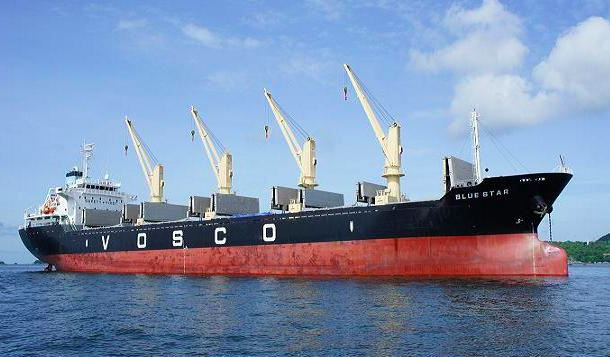 Economy
Economy

With uncertainties and disruptions due to COVID-19, Việt Nam’s economic growth declined to just 2.91 per cent in 2020 compared to the pre-crisis forecast of 6.5 – 7 per cent, according to the General Statistics Office of Việt Nam. The growth target for the 2016 – 2020 period has not been achieved. However, Việt Nam is one of the few countries to post positive growth last year.

|
| Dr. Đặng Đức Anh attended the “Vietnam’s Economy in the Medium Term 2021 - 2025: Recovery and Growth Accelerates” conference, co-hosted by the UN Development Programme and the Ministry of Planning and Investment’s NCIF, in Hà Nội on January 20, 2021. VNS photo Ly Ly Cao |
By Ly Ly Cao
With uncertainties and disruptions due to COVID-19, Việt Nam’s economic growth declined to just 2.91 per cent in 2020 compared to the pre-crisis forecast of 6.5 – 7 per cent, according to the General Statistics Office of Việt Nam. The growth target for the 2016 – 2020 period has not been achieved. However, Việt Nam is one of the few countries to post positive growth last year.
In 2021, many organisations are still optimistic about Việt Nam’s GDP growth. Recently, the Ministry of Planning and Investment’s National Center for Socio-Economic Information and Forecast (NCIF) released its outlook for the country’s economy with the growth of 6.17 per cent in 2021 in a base-line scenario. GDP growth may even reach 6.72 per cent in the best-case scenario.
Việt Nam News spoke to Dr. Đặng Đức Anh, Vice President of NCIF and the author of the forecast report, to learn more about factors that will influence the country's economic growth in 2021.
What are the driving forces that helped you create the economic growth forecast for 2021?
There are two kinds of driving forces including external and internal factors. For external factors, according to global economic prospects, the global growth sank in 2020 due to the shocks of COVID-19, so it can recover in 2021.
In terms of internal factors, there are some key elements. Firstly is the free trade deals that were signed and came into effect such as the European Union–Vietnam Free Trade Agreement (EVFTA) and the Regional Comprehensive Economic Partnership (RCEP).
Secondly is a shift in supply chains post-COVID-19 and the US-China trade war. Foreign investors are looking for new markets, including Việt Nam. In 2020, although facing many difficulties, investments into Việt Nam increased. This trend is expected to expand in 2021.
The third factor is the control of COVID-19. This helps not only attract foreign investors but also revive domestic production activities, especially in services and processing sectors.
Last but not least, I think the pandemic has a positive effect on the country's economy when it boosts the growth of the digital economy and e-commerce.
On the governmental front, public investments may not be as strong as they were in 2020, but there are still some.
What is the biggest challenge for growth this year? Is it the pandemic?
Containing the COVID-19 pandemic is a critical factor, but for me, I think our biggest challenge is whether we can utilise all the chances brought by COVID-19 or not. The pandemic opens a big chance for the shift in economic growth model to the economy that relies on innovation and new trends.
Since it is a global trend, the risk here is whether Việt Nam can catch it or lag behind. So for me, it is a chance, but also a challenge.
How can we take advantage of the supply chain shift?
The supply chain shift creates opportunities for productions, jobs and growth of Vietnamese enterprises. The question is whether Vietnamese enterprises can join the chain or if it's just a playground for FDI firms.
It is all about our supporting industries and how you prepare to attract investors with high technologies, not ones using natural resources and cheap labour.
At the moment, we still focus more on small and mid-sized companies but are short of enterprises that can become tier-1 and tier-2 suppliers for foreign investors. So in the near future, we have to support those kinds of enterprises to develop, since large firms, such as Vingroup Joint Stock Company (VIC), are not likely to become partners with foreign investors but maybe to become their rivals.
How can we guarantee we meet the economic growth target?
A forecast is just a forecast, and there are many factors affecting it. So the result will rely on government policies, such as controlling COVID-19 or boosting new economic trends, and whether we have the capability to implement measures efficiently or not. I think that with what we have achieved in 2020, the economic growth can even surpass our expectations. — VNS